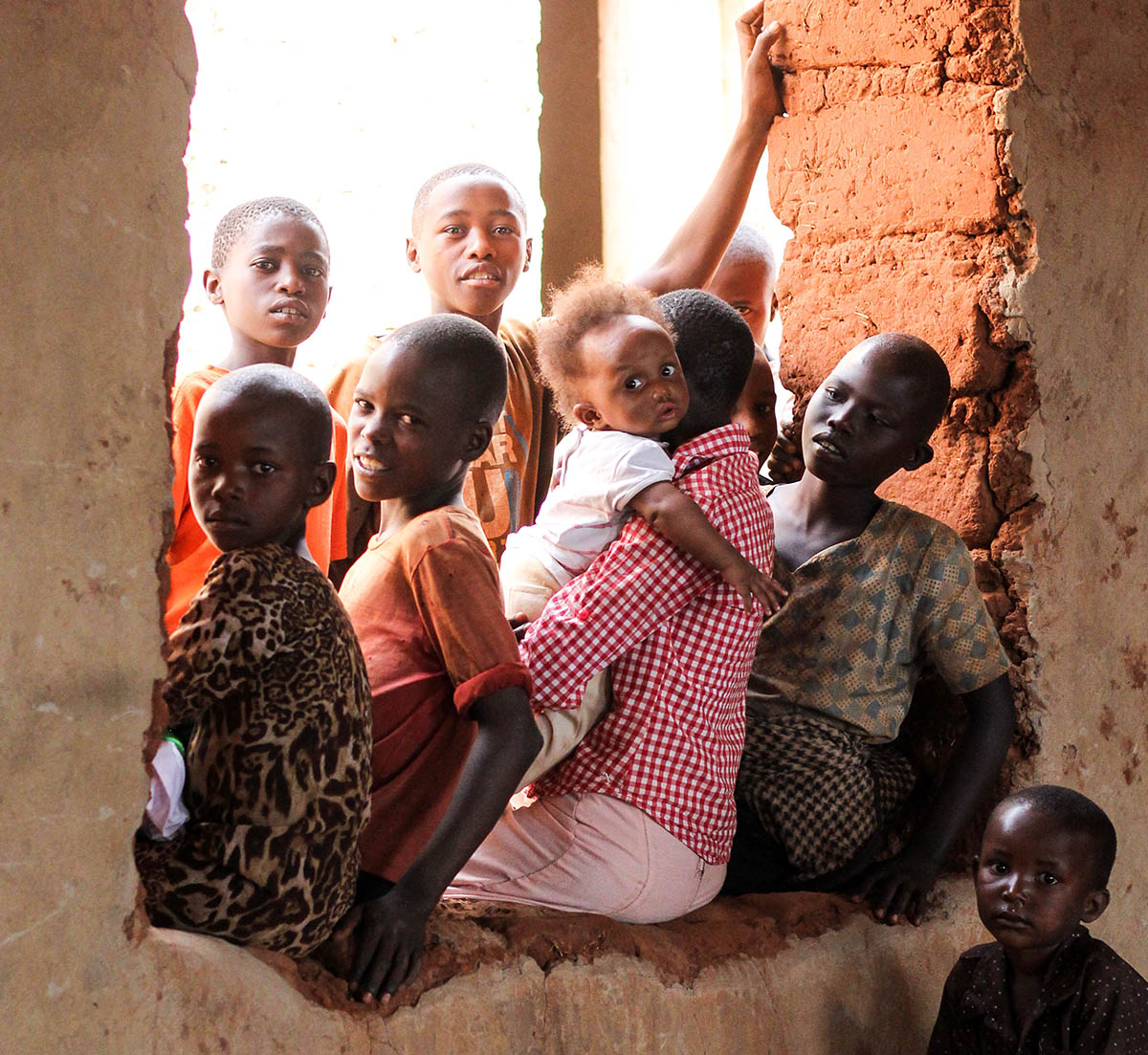
November 20th 2019 marked 30 years since the UN Convention of the Rights of the Child (UNCRC) was first ratified. The UNCRC embodies the profound notion that children are not just objects who belong to their parents, and for whom decisions are made, but human beings with their own inherent rights. It provides an internationally ratified framework for how adolescent health professionals engage and work with young people and their families.
The inspiration for the UNCRC extends back to the aftermath of World War 1 when, 100 years ago in 1919, Ms Eglantyne Jebb, a British social reformer and charismatic champion of human rights founded ‘Save the Children’ in response to distressing images of starving children in war-torn Europe. In 1923, she penned the Geneva Declaration of the Rights of the Child, which stated, “the child that is hungry must be fed, the child that is sick must be nursed, the child that is backward must be helped, the delinquent child must be reclaimed, and the orphan and the waif must be sheltered and succoured.” The Geneva Declaration was endorsed by the League of Nations General Assembly in 1924 and in an extended form by the United Nations in 1959. Taking a decade to write, the current UNCRC was endorsed by the United Nations in 1989, and is the most highly ratified human rights treaty. Focused on children aged up to 18, subsequent General Comments have addressed specific populations (including adolescents), contexts (including international migration) and settings (such as prison).
The UNCRC underpins how adolescent health professionals engage and work with young people, as it recognises the growing maturity of children and adolescents to make independent choices and judgements on matters affecting their future – including their health. In the absence of national laws that support adolescents’ rights to health in many countries, health professionals invoke the UNCRC to protect the rights to health of the adolescents with whom they work, and to protect them in delivering health care to young people.
Many of us celebrated the 30th anniversary of the UNCRC, knowing that child and adolescent rights lie at the core of ensuring that no-one is left behind in the progress towards achieving the Sustainable Development Goals. On the same theme, the annual UN Human Rights Day was on December 10th, with the focus on ‘Youth Standing Up for Human Rights’. The campaign strapline of ‘Never too young to change the world’ is something that will no doubt resonate with us all.
First published in SAHM Matters (Dec 2019) and republished with permission from the Society for Adolescent Health and Medicine.

